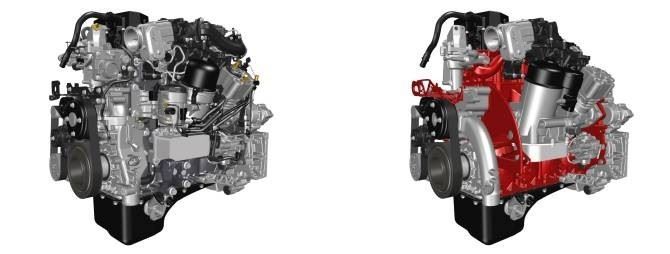3D printing of metal parts for engines
Renault Trucks is betting on the introduction of new technologies in the process of production of engine parts: 3D printing in metal. Promising technology that became a reality after successful tests of printing complex parts of the Euro 6
engine.The Department of Engine Development Renault Trucks of Leona decided to introduce auxiliary production of metal parts for engines in the main production process. Thus, Renault Trucks was able to develop a prototype diesel engine DTI 5 with four cylinders Euro 6, using only 3D printing.After t
he entire engine was designed, 3D printing were manufactured steering levers and supports and successfully tested with the Euro 6 engine on the test stand for 600 hours. “The aim of this project is to demonstrate the positive effect of the introduction of auxiliary production of metal parts on the size and mass of the engine. This process allowed us to reduce the weight of the four-cylinder engine by 25% or 120 kg,” explains Damien Lemasson, Renault Trucks project manager. “The tests confirm the durability of a 3D-printed engine.”

Auxiliary production of metal parts opens up new prospects for the development of thermal engines. This printing process, which works by accumulating material between layers, allows complex forms to be created. It also allows you to optimize the size of parts and reduce the number of assembly operations and, therefore, the number of engine components. “Auxiliary production allows us to overcome difficulties and give engineers room for creativity. This process opens us up to the prospect of technological advances in the engines of the future, which will become more functional, lightweight and with optimal performance,” says Damien Lemasson. The number of DTI 5 engine components
has been reduced by 25% or 200 parts. This optimizes the overall operating costs of your vehicles, as reducing en
gine weight will increase payload and reduce fuel consumption. (Source: Renault)